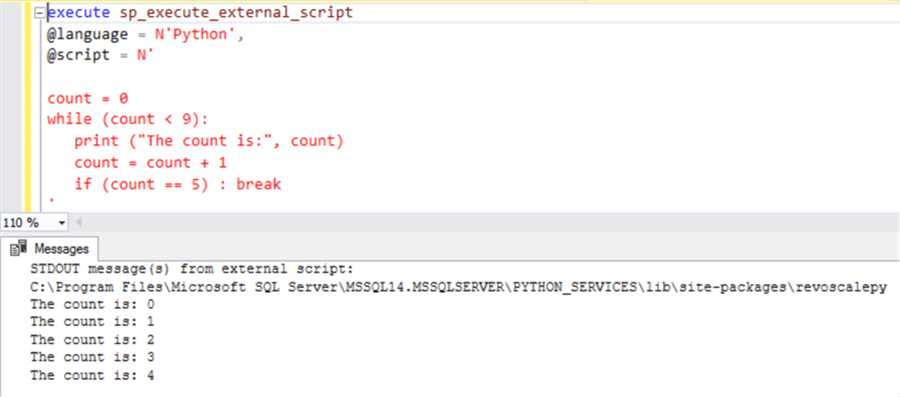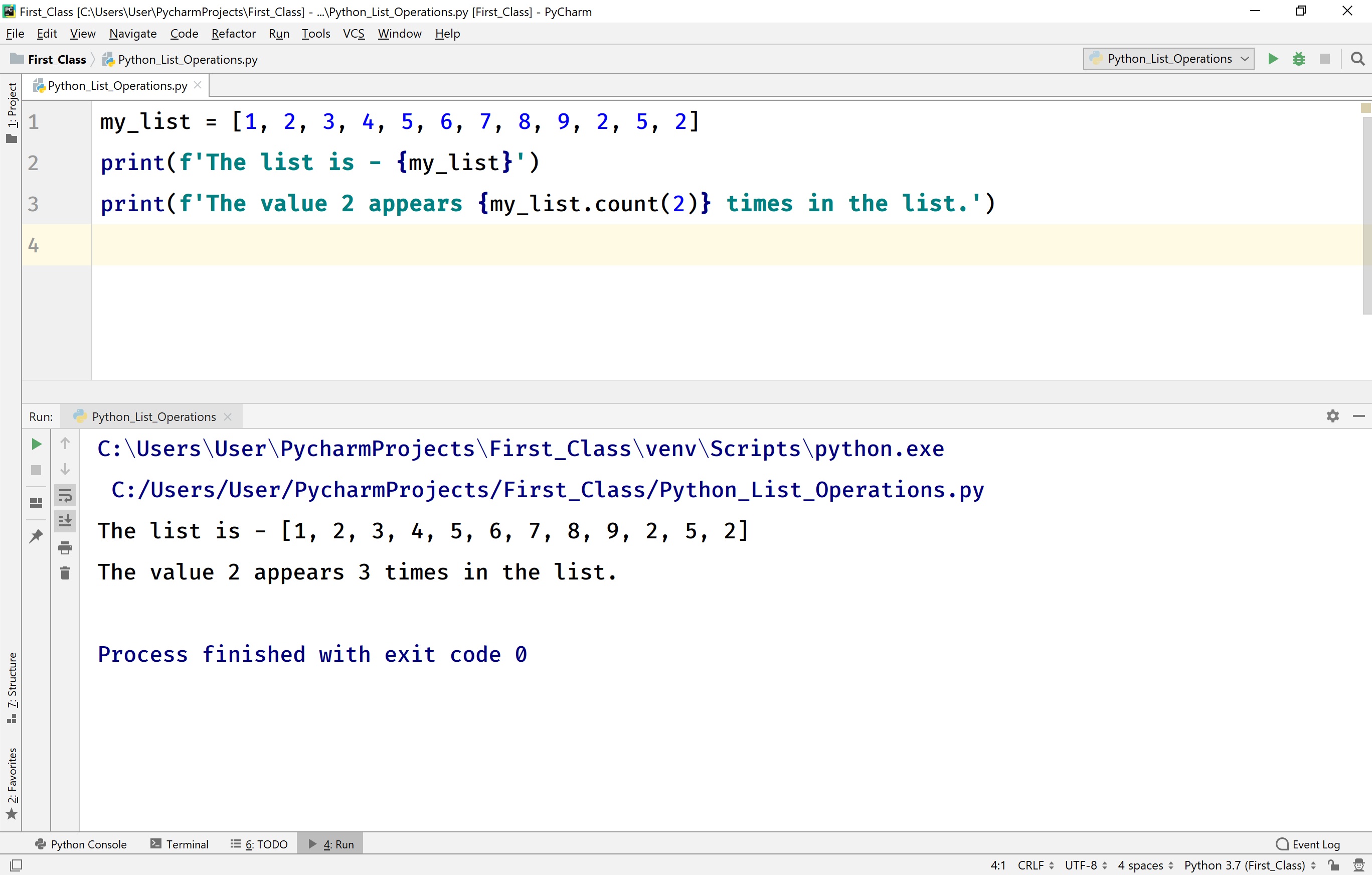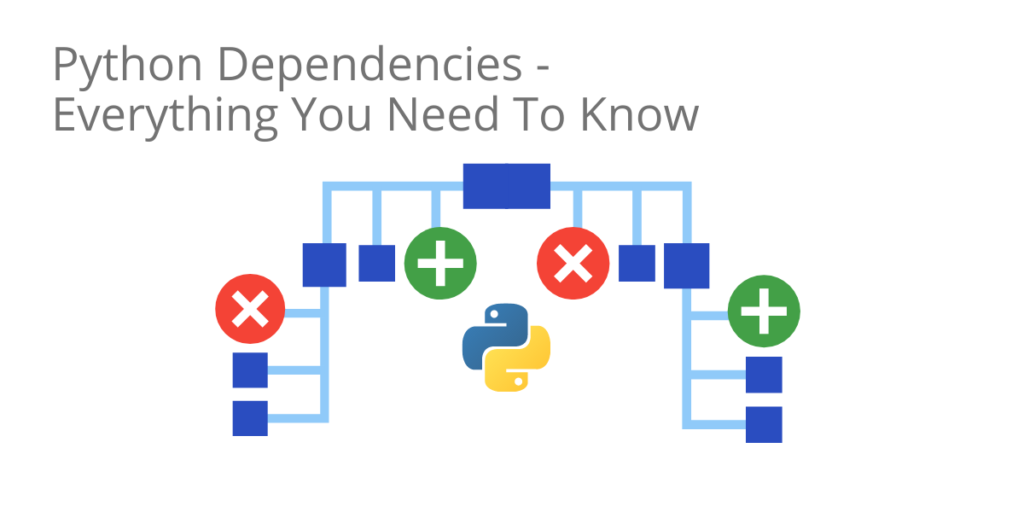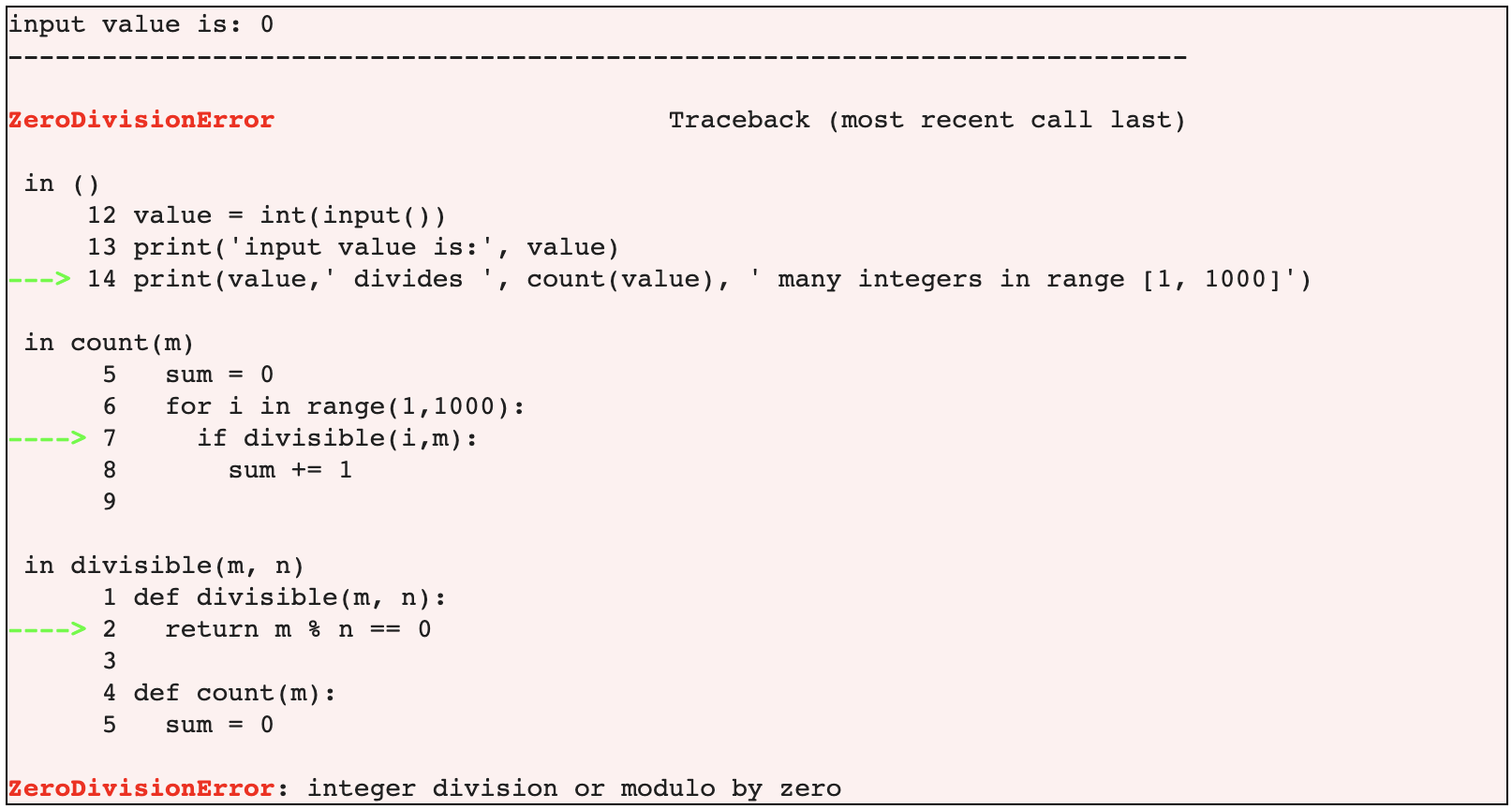

Column 5 (%Time) - Of the total time spent, what % of time was spent on that particular line of code.Column 4 (Per Hit)- Column 3 divided by Column 2.Column 3 (Time) - Number of time units (each time unit is 14.6 micro seconds) spent on the line of code.Column 2 (Hits) - Number of times the line was called.Column 1 (Line #) - Line number of code ( note that line # 1 is deliberately omitted from output as it was just the function definition statement).Complete time profile is done in units of 14.6 microseconds (refer to the first line of output).# Defining the function def conversion(ht_mtrs, wt_lbs ): ht_cms = wt_kgs = # Defining the height and weight lists: ht = wt = # Profiling the function using line_profiler %lprun -f conversion conversion(ht,wt) - # Output Total time: 1.46e-05 s File: Function: conversion at line 2 Line # Hits Time Per Hit % Time Line Contents = 2 1 105.0 105.0 71.9 ht_cms = 3 1 41.0 41.0 28.1 wt_kgs = The command option is then followed by the function name and then the function callįor the purpose of this exercise, we will define a function accepting list of heights (in meter) and weight (in lbs) as inputs and converts these in to centimetre and kg respectively.The call to line_profiler starts with keyword %lprun and is followed by command option -f.%lprun -f function_name_only function_call_with_arguments Time Profile the Function - Once loaded, use the following syntax to time profile any predefined function.# Loading line_profiler's Ipython extension %load_ext line_profiler Load Extension - Once installed, you can use IPython to load the line_profiler IPython extension, offered as part of this package:.
#Count run time python install
# Installing line_profiler package conda install line_profiler If one is using anaconda distribution for Python, using conda install is recommended

Install package - The line profiler package can be installed with a simple call to pip or conda install.

To work with line_profiler package, take the following steps: Line_profiler package can be used to perform line by line profiling of any function. What if we want to evaluate the performance of each line of code within the code block? Line profiler package to the rescue!!! Till now, we have only looked at summary stats when profiling single line of code or a complete code block.

3.) Time profiling each line of code within a code block Note that the same command options -r and -n are use to control the count of runs and # of loops within each run respectively. It can be observed that the average execution time of the for loop is 10.5 microseconds. A sample demonstration for reference below: # Time profiling the code block using %%timeit %%timeit -r5 -n1000 for i in range(10): n = i**2 m = i**3 o = abs(i) # Output 10.5 µs ± 226 ns per loop (mean ± std. By making a small modification to %timeit magic command, replacing single percentage (%) with double percentage (%%), one can profile a complete code block. This section takes a step forward and explains how one can profile a complete code block. Using command options -r and -n, indicating # of runs and count of loops respectively, we have customised the time profile operation to 5 runs and 100 loops within each run. # Customizing number of runs and loops in %timeit magic command %timeit -r5 -n100 1.01 µs ± 5.75 ns per loop (mean ± std.
#Count run time python series
In this tutorial of Did you know series we will learn about a few Ipython’s magic commands which can help us time profile our Python codes. As we start becoming proficient in a programming language, we aspire to not only deliver the end objective but also to make our programs efficient.


 0 kommentar(er)
0 kommentar(er)
